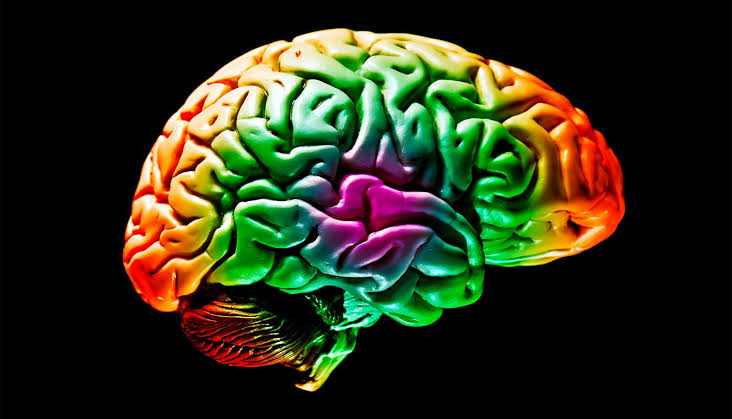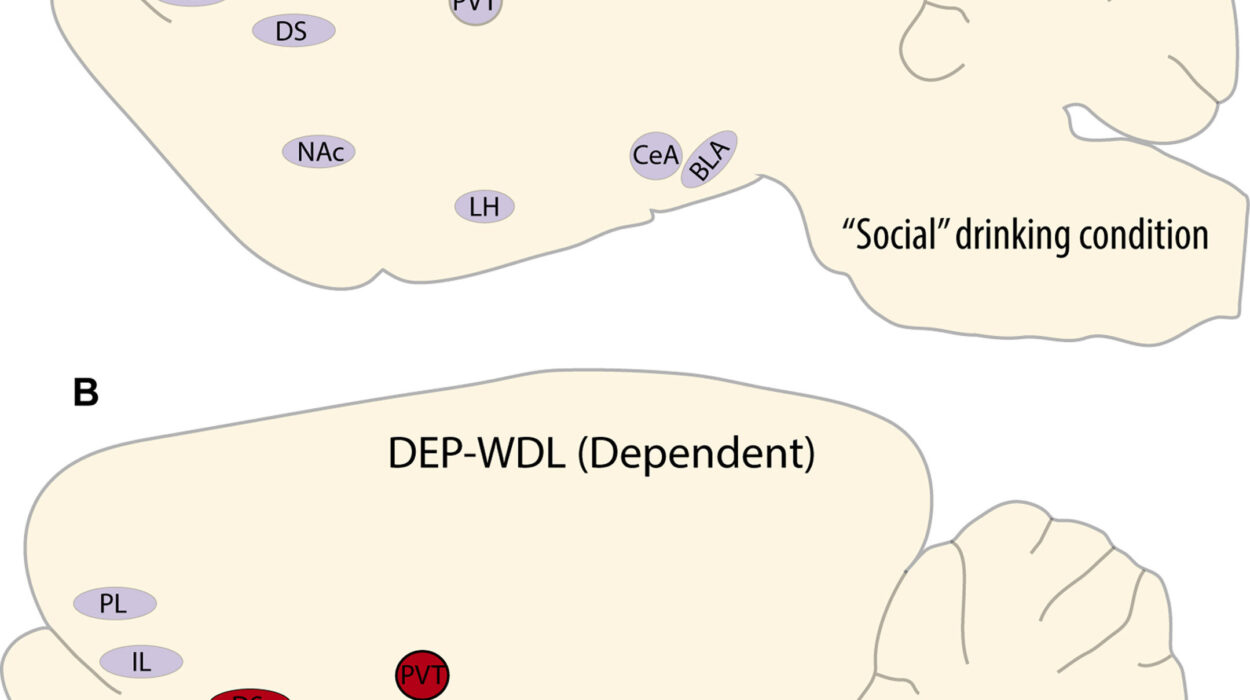For decades, advanced gastric and gastro-esophageal junction (GEJ) cancers have represented some of the darkest corners of oncology. These malignancies, often diagnosed late and notoriously resistant to existing therapies, carry a devastating prognosis. For many patients, the road following failure of first- and second-line treatments is heartbreakingly short, defined more by diminishing options than any promise of progress. But now, a new chapter is being written—one that could redefine what’s possible for patients fighting these aggressive tumors.
A novel therapy known as satri-cel, an autologous CAR T-cell therapy designed to target Claudin-18.2 (CLDN18.2), has made headlines by nearly doubling progression-free survival in a rigorously designed, randomized Phase II trial. Led by Peking University Cancer Hospital and published in The Lancet, this study marks one of the first real-world validations that CAR T-cell therapies—long dominant in hematologic cancers—might be ready to stake a claim in the much more hostile territory of solid tumors.
This isn’t just a step forward. For patients who have exhausted conventional treatment avenues, it’s a sign that their immune systems can be trained to keep fighting—using tools as advanced and personalized as the cancer is ruthless.
Understanding the Battlefield: Why Gastric Cancer Is So Hard to Beat
Gastric cancer is a master of deception. It often grows quietly, spreading silently into surrounding tissues or seeding distant organs before symptoms ever appear. Even when detected early, the cancer has a chameleon-like ability to adapt and resist. GEJ cancers, which straddle the lower esophagus and upper stomach, add further complexity due to anatomical challenges and heterogeneous tumor biology.
Globally, gastric cancer remains one of the leading causes of cancer-related death. In East Asia, particularly in China, it is especially prevalent and aggressive. First-line treatments typically combine chemotherapy with targeted agents like trastuzumab for HER2-positive tumors. However, for the 80% of patients with HER2-negative disease, options are bleak. Immunotherapy and second-line agents like paclitaxel or irinotecan offer modest benefit but often come with significant toxicity.
As tumors mutate and evolve, each new line of therapy tends to become less effective. By the third line or beyond, patients are often debilitated, making aggressive chemotherapy a double-edged sword. The need for a therapy that’s both effective and precisely targeted—one that enlists the body’s natural defenses without causing widespread collateral damage—is urgent.
That’s where CLDN18.2 comes in.
The CLDN18.2 Revelation: A Vulnerable Window in Tumor Armor
Claudins are proteins that help seal tight junctions between epithelial cells—essentially forming the “mortar” that binds our cellular walls. CLDN18 has two main isoforms, and isoform 2 (CLDN18.2) is uniquely expressed in the differentiated epithelial lining of the stomach. In healthy tissue, it’s tucked safely away inside tight junctions, hidden from the bloodstream and immune surveillance.
But cancer changes the rules. In many gastric and GEJ tumors, the architecture of tight junctions collapses, exposing CLDN18.2 on the cell surface. This change doesn’t occur in most other tissues, making CLDN18.2 an enticing, almost exclusive target—present in around 40% of gastric cancers but rarely found elsewhere.
This selective exposure has already inspired monoclonal antibodies like zolbetuximab, which showed promise in early trials. But these antibodies depend on the continued use of chemotherapy to be effective and often fail to deliver lasting remission. What if, instead of bombarding the tumor with chemical agents, the immune system could be retrained to hunt down CLDN18.2-expressing cells wherever they hide?
Enter satri-cel, a form of personalized cellular therapy that takes cancer treatment into the era of precision immunology.
Inside Satri-cel: Engineering Immune Soldiers from a Patient’s Own Blood
Unlike monoclonal antibodies or off-the-shelf drugs, satri-cel (CT041) is a living therapy. It begins with the patient’s own T cells—immune warriors that are already programmed to detect and destroy abnormal cells but often become “blinded” by the camouflage of cancer. Through a complex ex vivo process, scientists genetically reprogram these T cells to express chimeric antigen receptors (CARs) that specifically bind to CLDN18.2.
These engineered CAR T cells are then expanded into an army and infused back into the patient after a preparatory round of lymphodepleting chemotherapy, which clears the way by suppressing the patient’s existing immune cells. Once reinfused, the modified T cells circulate through the body, seeking out and eliminating any cells that express CLDN18.2 on their surface.
This isn’t the first time CAR T-cell therapy has dazzled the oncology world. It has already revolutionized treatment for B-cell leukemias and lymphomas. But solid tumors have long been a more formidable challenge. Barriers like the dense extracellular matrix, hostile tumor microenvironment, and lack of specific antigens have hindered previous attempts.
Satri-cel’s success is a milestone that suggests these barriers might not be as impenetrable as once feared.
The Landmark Study: A Head-to-Head Showdown Against Standard Treatments
The CT041-ST-01 trial, conducted across 24 Chinese hospitals, enrolled 156 patients with advanced, HER2-negative, CLDN18.2-positive gastric or GEJ cancer. All participants had failed at least two previous lines of systemic therapy. They were randomly assigned in a 2:1 ratio to receive either satri-cel or standard therapy of physician’s choice, which could include agents like paclitaxel, irinotecan, or apatinib.
It’s important to note the rigor of this study: randomized, controlled, and multicenter—an uncommon level of quality for CAR T-cell trials in solid tumors, which are often small and single-armed. The choice of control arm was also telling: these were not weak comparators but established third-line drugs representing the best available options for this patient population.
What followed was a demonstration not just of efficacy, but of potential transformation.
Patients receiving satri-cel showed a median progression-free survival (PFS) of 3.25 months, compared to just 1.77 months in the control group. Median overall survival (OS) was also extended—7.92 months vs. 5.49 months, respectively. While these numbers may not sound monumental, they represent meaningful gains in a setting where each additional month of life is hard-won and desperately needed.
Moreover, satri-cel delivered a 22% objective response rate (ORR) and a 63% disease control rate (DCR)—significantly outperforming standard drugs, which typically hover around a 10% response rate in third-line settings.
Even among tough-to-treat subgroups, such as those with peritoneal metastases, satri-cel showed consistent benefits. This suggests not just a limited niche application, but broader utility in a notoriously diverse and resilient cancer.
The Price of Power: Navigating Satri-cel’s Toxicity Profile
Despite its promise, satri-cel is not without risk. The majority of patients—99%—experienced Grade 3 or higher adverse events, many of which were hematologic. Cytokine release syndrome (CRS), a hallmark side effect of CAR T-cell therapies, occurred in 95% of satri-cel recipients. Most cases were manageable with standard protocols such as tocilizumab and steroids, but these rates underscore the need for skilled supportive care and early intervention.
The most common lab abnormalities included lymphopenia (98%), leukopenia (77%), and anemia, reflecting the dual impact of lymphodepletion and immune activation. One treatment-related death occurred in each study arm, a sobering reminder that while innovation pushes forward, vigilance must remain constant.
Another challenge was timing. Sixteen patients in the satri-cel group never received infusion because their cancer progressed too rapidly during the manufacturing window—a process that typically takes weeks. This raises critical questions about how to streamline production or use bridging therapies to hold the line until the CAR T cells are ready.
The Road Ahead: A Gateway to Solid Tumor Immunotherapy?
What does the future look like for satri-cel and therapies like it? If the results of CT041-ST-01 are any indication, the possibilities are immense.
First, there is clear justification for Phase III trials, potentially expanding into international cohorts and exploring combinations with checkpoint inhibitors or anti-angiogenic agents. Researchers are already evaluating whether satri-cel could be integrated earlier in the treatment sequence, before patients become too frail to wait for cell manufacturing.
Second, the success of CLDN18.2 targeting opens doors to other CAR T-cell therapies designed against similar epithelial antigens in pancreatic, colorectal, or ovarian cancers. With each victory, the wall that has kept CAR T-cell therapies confined to blood cancers begins to crack.
And third, satri-cel embodies a paradigm shift—not just in how we treat gastric cancer, but in how we think about the immune system itself. By harnessing our body’s own T cells and redirecting them with surgical precision, we move toward a vision of cancer care that is deeply personal, relentlessly innovative, and increasingly hopeful.
Final Thoughts: A New Dawn in the War on Cancer
Satri-cel is not a silver bullet. It will not work for every patient, and the road to mass adoption is still long and complex. But for the tens of thousands facing the grim diagnosis of advanced gastric or gastro-esophageal junction cancer, it represents something powerful: a reason to hope.
In the face of an enemy that adapts and evades, satri-cel offers a counterpunch crafted from the patient’s own biology. It doesn’t just treat cancer—it teaches the immune system to remember it, to hunt it down, and to keep fighting even after other weapons have failed.
It’s not just a therapy. It’s a reimagining of what medicine can do.
Reference: Changsong Qi et al, Claudin-18 isoform 2-specific CAR T-cell therapy (satri-cel) versus treatment of physician’s choice for previously treated advanced gastric or gastro-oesophageal junction cancer (CT041-ST-01): a randomised, open-label, phase 2 trial, The Lancet (2025). DOI: 10.1016/S0140-6736(25)00860-8






